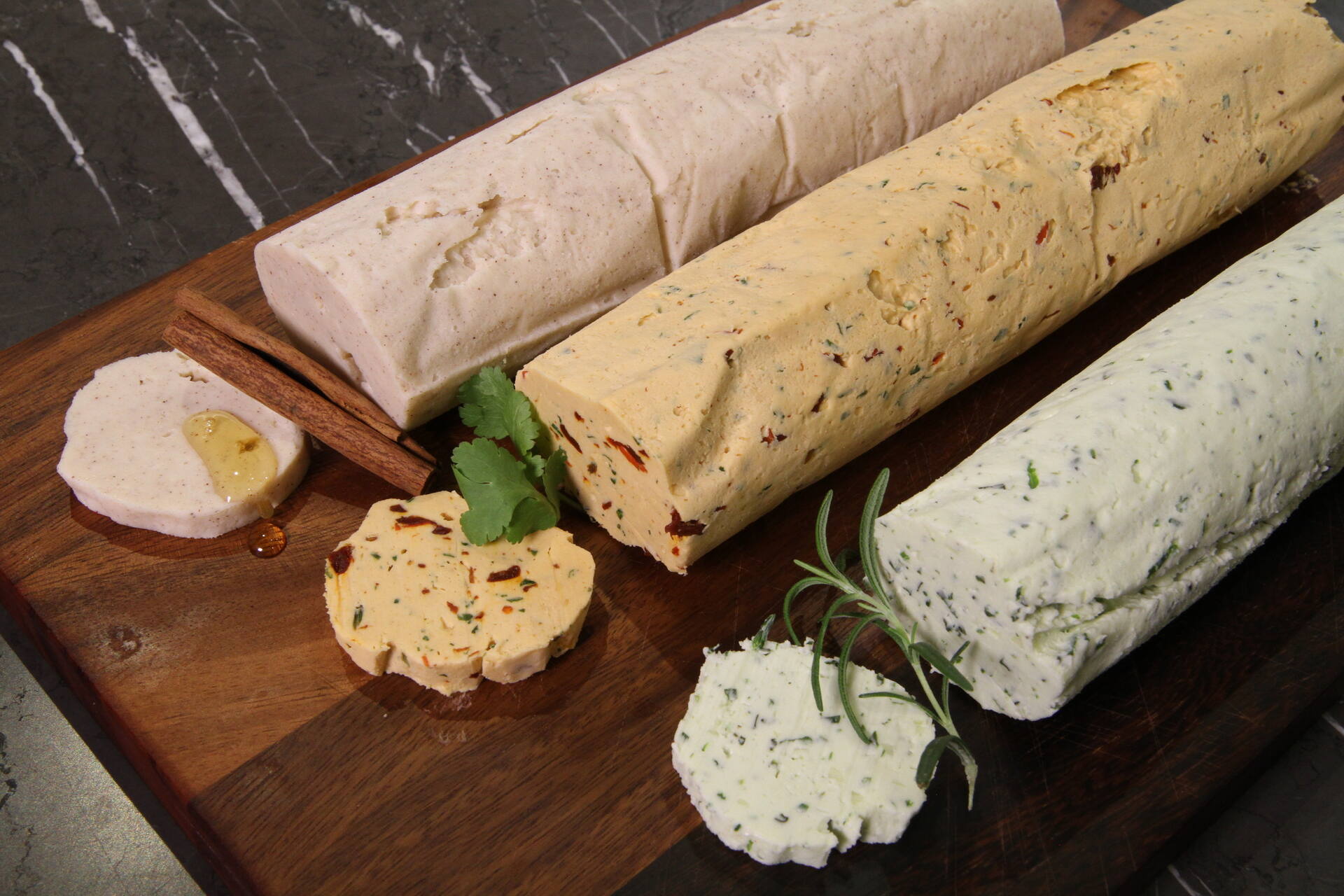

Articles
How To Store Compound Butter
Modified: February 28, 2024
Learn how to store compound butter in this informative article. Find useful tips and tricks for preserving the flavor and freshness of your homemade compound butter.
(Many of the links in this article redirect to a specific reviewed product. Your purchase of these products through affiliate links helps to generate commission for Storables.com, at no extra cost. Learn more)
Introduction
When it comes to adding flavor and richness to your culinary creations, few things compare to the versatility of compound butter. Whether you’re preparing a succulent steak, baking fresh bread, or simply looking to elevate the taste of your everyday meals, compound butter is a fantastic ingredient to have on hand. But what exactly is compound butter, and why should you consider storing it?
Compound butter is a mixture of softened butter and various seasonings, herbs, spices, or other ingredients. By blending these flavors into the butter, you create a dynamic and customized spread that can be used in a wide range of dishes. From savory options like garlic herb or truffle butter to sweet varieties like maple cinnamon or honey lavender, the possibilities are endless when it comes to flavor combinations.
So, why should you store compound butter? Well, aside from the convenience of having a ready-to-use flavor enhancer at your disposal, storing compound butter allows you to preserve and extend its shelf life. Instead of making small batches every time you need it, you can whip up a larger batch and store it for future use, saving you time and effort in the kitchen.
Additionally, properly stored compound butter maintains its flavor and texture for an extended period. This means that you can enjoy the same great taste and consistency every time you use it, even if you made the butter weeks or months in advance.
Now that we understand the benefits of storing compound butter, let’s dive into the process of creating this versatile ingredient and the best techniques for effective storage.
Key Takeaways:
- Compound butter is a versatile flavor enhancer that can be stored in the refrigerator or freezer, providing convenience, extended shelf life, and endless flavor possibilities for a wide range of dishes.
- Properly storing compound butter ensures its freshness and quality, allowing for bulk preparation, easy portioning, and the ability to experiment with various flavor combinations, adding a burst of taste and richness to culinary creations.
Read more: How To Store A Compound Bow
What is Compound Butter?
Compound butter, also known as flavored or herb butter, is a combination of butter and various additional ingredients. It’s a simple yet impactful way to infuse flavors into dishes. By blending softened butter with herbs, spices, cheese, fruits, or other seasonings, you create a spreadable mixture that adds a burst of taste to any culinary creation.
One of the great things about compound butter is its versatility. You can experiment with endless flavor combinations to suit your palate and complement the dishes you love. Savory compound butters are often made with ingredients like garlic, shallots, herbs such as rosemary, thyme, or basil, or even spices like paprika or chili flakes. On the other hand, sweet compound butters may include ingredients like honey, cinnamon, vanilla, or citrus zest.
Not only does compound butter enhance the flavors of your dishes, but it also adds a rich and luxurious texture. Whether you’re spreading it on bread, melting it over grilled steak, or incorporating it into sauces and dressings, compound butter brings a distinct richness and depth to your culinary creations.
In addition to its versatility and flavor-enhancing properties, compound butter is also incredibly easy to make. All you need is softened butter and your desired ingredients. Simply mix them together until well combined, then shape the mixture into a log, a ball, or fill it into molds for beautiful presentation and easy portioning. Once prepared, compound butter can be enjoyed immediately or stored for future use.
With its endless flavor possibilities and simplicity in preparation, compound butter is a must-have ingredient for any home cook or aspiring chef. By having a variety of compound butter flavors on hand, you can elevate the taste of your dishes effortlessly and impress your family and dinner guests.
Now that you understand what compound butter is and its versatility, let’s explore why storing it is beneficial and how to select the right ingredients for your homemade compound butter.
Why Store Compound Butter?
While making compound butter is a quick and straightforward process, there are several reasons why you should consider storing it instead of making it fresh every time you need it.
Convenience: Storing compound butter means you always have a flavor-packed ingredient readily available whenever you need it. Instead of spending time preparing it from scratch each time, you can simply reach into your refrigerator or freezer and grab a portion of pre-made compound butter. This saves you precious time in the kitchen, especially when you’re in a rush or working on multiple dishes simultaneously.
Extended Shelf Life: Storing compound butter allows you to preserve its freshness and flavor for an extended period. When properly stored, compound butter can last for several weeks in the refrigerator and several months in the freezer. This means you can enjoy the same great taste and texture even if you made the butter well in advance.
Versatility: By storing various flavors of compound butter, you can easily adapt your dishes to suit different tastes and cravings. Having a selection of savory and sweet compound butters on hand opens up endless possibilities in the kitchen. Whether you’re grilling meat, sautéing vegetables, or baking bread, you can effortlessly enhance your dishes with a simple pat of flavored butter.
Flavor Integration: Storing compound butter allows the flavors to fully meld together over time. As the butter rests in the refrigerator or freezer, the ingredients infuse their distinct tastes into the butter, creating a harmonious blend. This results in a more pronounced and well-rounded flavor profile, ensuring that each dish you prepare with stored compound butter has a delectable and consistent taste.
Bulk Preparation: Making compound butter in larger batches and storing it allows you to take advantage of seasonal ingredients or sales on fresh herbs and spices. You can stock up on your favorite ingredients and create multiple flavor variations of compound butter to use throughout the year. This ensures that you always have a wide range of flavors to choose from, regardless of the season or availability of certain ingredients.
In summary, storing compound butter offers convenience, an extended shelf life, versatility, enhanced flavor integration, and the opportunity for bulk preparation. Now that you understand the benefits of storing compound butter, let’s move on to the next step – selecting the right ingredients for your homemade compound butter.
Selecting the Right Ingredients
When it comes to creating delicious compound butter, selecting the right ingredients is crucial. The quality and combination of ingredients will greatly impact the flavor and overall success of your homemade butter. Here are some tips to help you choose the best ingredients for your compound butter:
Butter: Start with high-quality unsalted butter. Using unsalted butter allows you to have greater control over the overall saltiness of your compound butter. Look for butter that is fresh and has a high butterfat content for the best results. European-style butter, known for its higher fat content, can provide a richer and creamier texture.
Herbs and Spices: Fresh herbs and spices are key to infusing your compound butter with vibrant flavors. Choose herbs and spices that complement the other ingredients or the type of dish you plan to use the butter in. Popular options include garlic, shallots, basil, thyme, rosemary, dill, parsley, paprika, chili flakes, and black pepper. Remember to finely chop or mince the herbs and spices before incorporating them into the butter.
Additional Ingredients: Get creative with additional ingredients to add unique flavors and textures to your compound butter. Consider incorporating ingredients like grated cheese, citrus zest, sundried tomatoes, roasted garlic, roasted nuts, honey, maple syrup, or even wine or spirits. These ingredients can take your compound butter to the next level and provide endless flavor possibilities.
Quality and Freshness: Use the freshest ingredients available to maximize the flavor of your compound butter. Fresh herbs and spices will have a more distinct taste, while high-quality ingredients like premium cheeses or organic citrus zest will elevate the overall quality of the butter.
Proportions: Achieving the right balance of ingredients is essential. Start with small amounts and adjust to taste, bearing in mind that some flavors may intensify over time. Remember that the goal is to enhance the flavor of the butter, not overpower it. Taste as you go and make adjustments accordingly.
Experiment and Personalize: Don’t be afraid to experiment and personalize your compound butter recipes. The beauty of compound butter is its versatility and the opportunity to create unique flavor combinations that suit your preferences. Have fun exploring different ingredient combinations and discovering your own signature compound butter recipes.
By selecting the right ingredients and paying attention to the quality and proportions, you can create compound butter that is bursting with flavor and adds a delightful touch to your dishes. Now that you know how to choose the perfect ingredients for your compound butter, let’s move on to the step-by-step process of making it.
Steps to Make Compound Butter
Creating your own compound butter is a simple and rewarding process. With just a few steps, you can have a homemade butter infused with your favorite flavors. Here’s a step-by-step guide to making compound butter:
- Gather Your Ingredients: Start by gathering all the ingredients you’ll need for your compound butter. This includes softened unsalted butter, herbs, spices, additional flavorings, and any other ingredients you wish to incorporate.
- Prepare Your Ingredients: Finely chop or mince any fresh herbs, spices, garlic, or other ingredients that require preparation.
- Mix the Ingredients: In a mixing bowl, combine the softened butter and your selected ingredients. Use a spatula or fork to thoroughly mix them together until everything is well incorporated.
- Shape the Butter: Transfer the mixture onto a piece of plastic wrap or parchment paper. Shape the butter into a log by rolling it tightly in the wrap. Alternatively, you can form it into a ball or fill it into molds for an elegant presentation.
- Chill and Set: Place the wrapped compound butter in the refrigerator for at least 1-2 hours, or until it becomes firm. This allows the flavors to meld together and the butter to set.
- Store or Use: Once the compound butter is firm, it’s ready for storage or immediate use. If you plan to store it, follow the proper storage techniques we’ll discuss later in this article.
Keep in mind that the steps mentioned above are just a basic guideline. Feel free to adapt the process to suit your preferences and the specific compound butter recipe you’re working with. Some variations may require additional steps like roasting garlic or toasting nuts before incorporating them into the butter.
Experimenting with different ingredient combinations and ratios is part of the fun. Let your creativity shine as you explore unique flavors and expand your culinary repertoire with homemade compound butter.
Now that you know how to make compound butter, it’s time to learn about proper storage techniques to ensure that your butter remains fresh and full of flavor for an extended period.
Store compound butter in the refrigerator for up to 2 weeks or in the freezer for up to 6 months. Wrap it tightly in plastic wrap or place it in an airtight container to prevent it from absorbing other flavors.
Read more: How To Store Compound Bow
Proper Storage Techniques
Proper storage is crucial to maintain the freshness and quality of your compound butter. Whether you’re planning to store it in the refrigerator or freezer, here are some guidelines to follow:
Storing Compound Butter in the Refrigerator:
- Wrap it Securely: Transfer the prepared compound butter to a sheet of plastic wrap or parchment paper. Wrap it tightly to prevent exposure to air, which can cause the butter to spoil or absorb unwanted odors from the refrigerator.
- Label and Date: It’s important to label the wrapped compound butter with the date of preparation. This will help you keep track of its freshness and ensure you use it within the recommended timeframe.
- Choose the Right Spot: Place the wrapped compound butter in an airtight container or resealable bag to further protect it from moisture and odors. Store it in the coldest part of the refrigerator, such as the back or bottom shelf, where the temperature remains more consistent.
- Recommended Shelf Life: When stored properly in the refrigerator, compound butter can typically last for about 1 to 2 weeks. However, always rely on the appearance, smell, and taste of the butter to determine its freshness before using it.
Storing Compound Butter in the Freezer:
- Wrap It Airtight: Wrap the compound butter tightly with several layers of plastic wrap or freezer-safe wrapping material. This will prevent freezer burn and maintain the quality of the butter over time.
- Double Wrap for Extra Protection: For added protection, place the wrapped compound butter in a resealable freezer bag or airtight container. Double-wrapping helps to prevent freezer odors from seeping into the butter and preserves its taste and texture.
- Label and Date: Clearly label the wrapped compound butter with the date of preparation to keep track of its freshness. Use a permanent marker or a freezer-safe label that won’t come off in the freezer’s cold temperatures.
- Recommended Shelf Life: Compound butter stored in the freezer can last for up to 3 to 4 months. However, to maintain optimum quality, it’s best to use it within 2 to 3 months.
Thawing and Using Frozen Compound Butter:
If you’re using compound butter that has been stored in the freezer, there are a few options to thaw and use it:
- Refrigerator Thawing: The safest method is to transfer the wrapped compound butter from the freezer to the refrigerator and allow it to thaw slowly overnight or for several hours. This ensures a gradual thawing process without compromising the texture or quality of the butter.
- Room Temperature Thawing: If you need to use the compound butter more quickly, you can unwrap it and let it thaw at room temperature for about 30 minutes to an hour. Remember to monitor the butter closely to prevent it from getting too soft or melting.
Proper storage techniques are essential to maintain the flavor, texture, and quality of your compound butter. Now that you understand how to store it effectively, you can confidently make larger batches of compound butter and enjoy its delightful flavors for an extended period.
As we conclude this guide, remember that compound butter is a versatile ingredient that can enhance the taste of a wide range of dishes. Embrace your creativity, experiment with flavors, and have fun exploring the endless possibilities that compound butter brings to your culinary adventures.
Storing Compound Butter in the Refrigerator
When it comes to properly storing compound butter in the refrigerator, a few key steps will help maintain its freshness and flavor for an extended period. Here’s a guide on how to store compound butter in the refrigerator:
- Wrap it Securely: After preparing your compound butter, transfer it to a sheet of plastic wrap or parchment paper. Wrap it tightly to protect it from exposure to air, which can cause the butter to spoil or absorb unwanted odors from the refrigerator.
- Label and Date: It’s important to take a moment to label the wrapped compound butter with the date of preparation. This will help you keep track of its freshness and ensure that you use it within the recommended timeframe.
- Choose the Right Spot: Place the wrapped compound butter in an airtight container or resealable bag to provide an extra layer of protection against moisture and odors. Store it in the coldest part of the refrigerator, such as the back or bottom shelf, where the temperature remains more consistent.
- Recommended Shelf Life: When stored properly in the refrigerator, compound butter can typically last for about one to two weeks. However, always rely on the appearance, smell, and taste of the butter to determine its freshness before using it. If any signs of spoilage are present, such as a sour or off odor, discoloration, or mold growth, it’s best to discard the butter.
By following these steps, your compound butter will stay fresh and maintain its flavors in the refrigerator. Remember to periodically check the butter’s condition and discard it if it shows any signs of spoilage.
Now that you’re well-versed in storing compound butter in the refrigerator, let’s move on to the next topic – storing compound butter in the freezer – to ensure its long-term preservation.
Storing Compound Butter in the Freezer
If you have an excess amount of compound butter or want to extend its shelf life, storing it in the freezer is an excellent option. Freezing compound butter properly will help preserve its freshness and flavors for an extended period. Here’s how to store compound butter in the freezer:
- Wrap it Airtight: After preparing the compound butter, wrap it tightly with several layers of plastic wrap or use a freezer-safe wrapping material. This is crucial to prevent freezer burn and maintain the quality of the butter over time.
- Double Wrap for Extra Protection: For added protection, place the wrapped compound butter in a resealable freezer bag or an airtight container. Double-wrapping provides an additional barrier that helps prevent freezer odors from seeping into the butter and preserves its taste and texture.
- Label and Date: To keep track of the freshness of the compound butter, label the wrapped butter with the date of preparation. Use a permanent marker or a freezer-safe label that won’t come off in the freezer’s cold temperatures.
- Recommended Shelf Life: Compound butter stored in the freezer can last for up to three to four months. However, for the best flavor and quality, it’s ideal to use it within two to three months. This timeframe ensures that the butter remains at its peak in terms of taste and texture.
By following these steps, your compound butter will retain its flavors and quality in the freezer. Remember to label and date the butter, as this will help you keep track of its freshness and ensure that you use it within the recommended timeframe.
When you’re ready to use frozen compound butter, it’s important to thaw it properly to maintain its texture and quality. The two recommended methods for thawing frozen compound butter are:
- Refrigerator Thawing: Transfer the wrapped compound butter from the freezer to the refrigerator and allow it to thaw slowly overnight or for several hours. This gradual thawing process helps maintain the texture and consistency of the butter.
- Room Temperature Thawing: If you need to use the compound butter more quickly, you can unwrap it and let it thaw at room temperature for about 30 minutes to an hour. However, closely monitor the butter to prevent it from becoming too soft or melting.
Thawed compound butter can be used in the same way as fresh compound butter. It can be spread on bread, melted over cooked proteins or vegetables, or incorporated into sauces and dressings to add a burst of flavor and richness.
Now that you’re familiar with how to store compound butter in the freezer and safely thaw it, you can confidently stock up on your favorite flavors and enjoy the convenience of this versatile ingredient for months to come.
Tips for Using Frozen Compound Butter
When it comes to utilizing frozen compound butter, there are a few tips and tricks to ensure that you get the best results. Frozen compound butter is a convenient and versatile ingredient, and here are some helpful tips for using it:
- Portioning: Before freezing the compound butter, consider dividing it into smaller portions. This allows you to thaw only the amount you need for a specific recipe, minimizing waste and ensuring that the remaining butter stays frozen until you’re ready to use it.
- Slicing: If you froze the compound butter in a log shape, it’s often easier to slice off thin rounds or softened pats from the frozen log. This makes it more convenient to use and ensures that the remaining butter stays intact for future use.
- Flavor Combinations: Experiment with different flavor combinations when making compound butter. Freezing various flavor combinations ensures that you have a range of options to suit different dishes and preferences. For example, you could have a garlic herb butter, a lemon thyme butter, and a truffle butter in your freezer for different culinary creations.
- Labeling: Properly label each frozen portion or container of compound butter with the flavor and date of preparation. This will make it easier to identify and select the desired flavor when you need it.
- Freezing in Individual Servings: If you plan to use the compound butter for individual servings, consider freezing it in ice cube trays or silicone molds. Once frozen, transfer the individual portions to a freezer-safe bag or airtight container for easy access and portion control.
- Usage Ideas: Frozen compound butter can be utilized in various ways. Aside from spreading it on bread or melting it over cooked proteins, you can also use it to add flavor to roasted vegetables, pasta dishes, grilled foods, or even as a finishing touch on soups and sauces.
- Thawing Time: Remember that thawing time may vary depending on the size and thickness of the frozen compound butter. Thicker portions will take longer to thaw than thinner ones, so plan accordingly and allow for ample thawing time.
By following these tips, you can make the most of your frozen compound butter and easily incorporate it into a variety of dishes. Remember to be creative and experiment with different flavor combinations to add a burst of taste and richness to your meals.
Now that you’re armed with these helpful tips, enjoy the convenience and flavor that frozen compound butter brings to your culinary adventures!
Read more: How To Store Joint Compound
Conclusion
Compound butter is a versatile and flavorful ingredient that can elevate your culinary creations to new heights. Whether you’re spreading it on warm bread, melting it over grilled meats, or incorporating it into sauces and dressings, compound butter adds a burst of taste and richness that takes your dishes to the next level.
By understanding the benefits of storing compound butter, you can enjoy the convenience of having this delightful ingredient readily available whenever you need it. Properly storing compound butter ensures its freshness and flavor, allowing you to make larger batches and use it over an extended period. Whether you choose to store it in the refrigerator or freezer, following the recommended techniques and guidelines will preserve the quality of the butter and maintain its taste and texture.
When selecting ingredients for your compound butter, let your creativity shine. Experiment with various herbs, spices, cheeses, fruits, and other flavorings to create unique combinations that suit your preferences and complement your favorite dishes.
The step-by-step process of making compound butter is simple, and storing it ensures that you’ll always have a delightful flavor enhancer within reach. Whether you’re making savory compound butter with garlic and herbs or sweet compound butter infused with honey and cinnamon, the possibilities are endless.
Remember to thaw frozen compound butter properly, whether by refrigerating it overnight or allowing it to soften at room temperature for a short period. When using frozen compound butter, portioning it and labeling each container will help you keep track of flavors and ensure you use the right amount for your recipes.
In conclusion, compound butter adds a depth of flavor and richness to your dishes, and storing it allows you to enjoy its benefits for an extended period. From the convenience of having readily available flavors to the versatility it offers in the kitchen, compound butter is a must-have ingredient for any aspiring cook or seasoned chef.
So, embrace your creativity, experiment with flavors, and make your own compound butter to enhance the taste of your favorite dishes. Whether stored in the refrigerator or freezer, compound butter will always be at your fingertips, ready to delight your taste buds and impress your family and guests.
Frequently Asked Questions about How To Store Compound Butter
Was this page helpful?
At Storables.com, we guarantee accurate and reliable information. Our content, validated by Expert Board Contributors, is crafted following stringent Editorial Policies. We're committed to providing you with well-researched, expert-backed insights for all your informational needs.
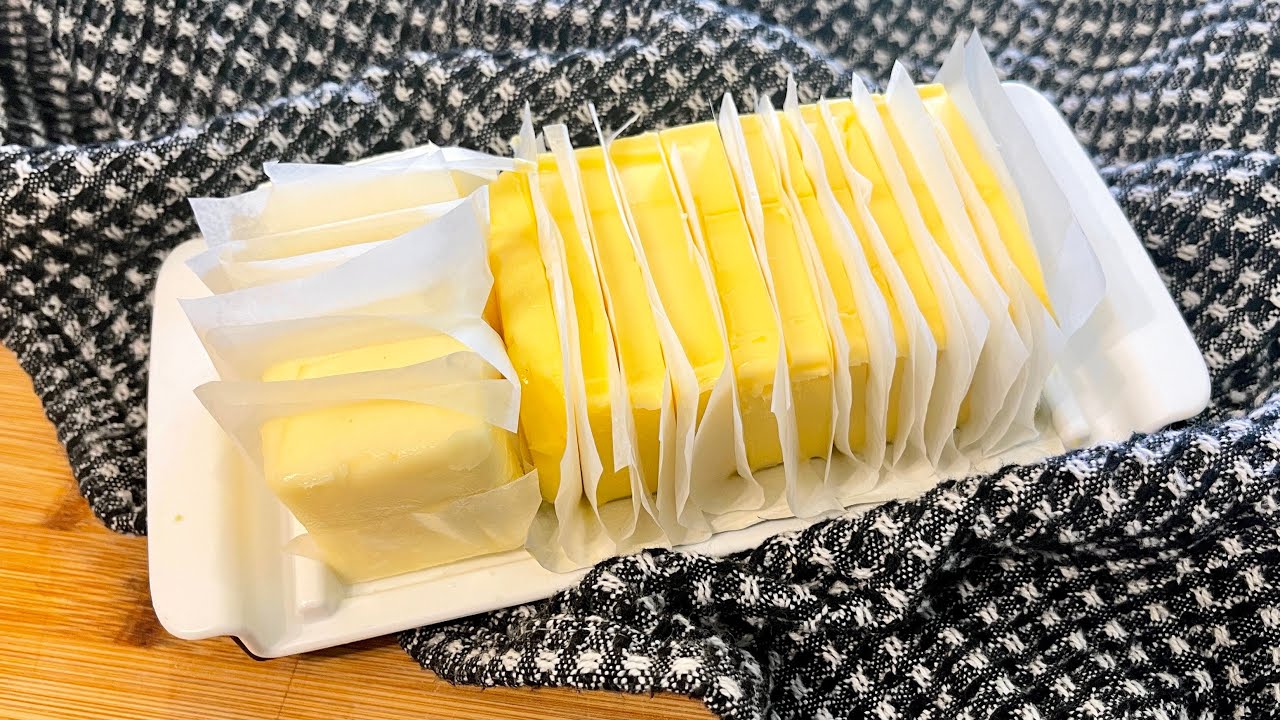
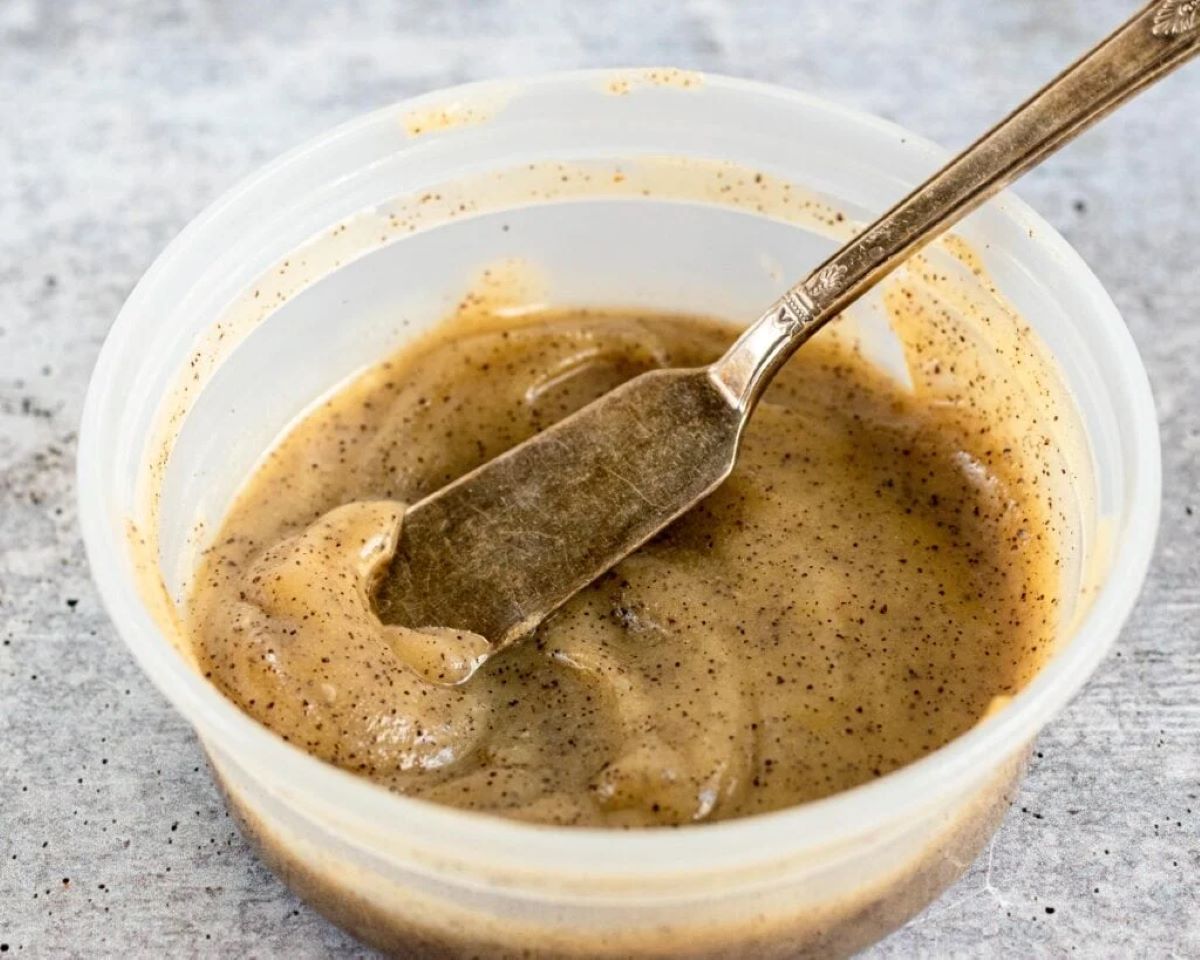
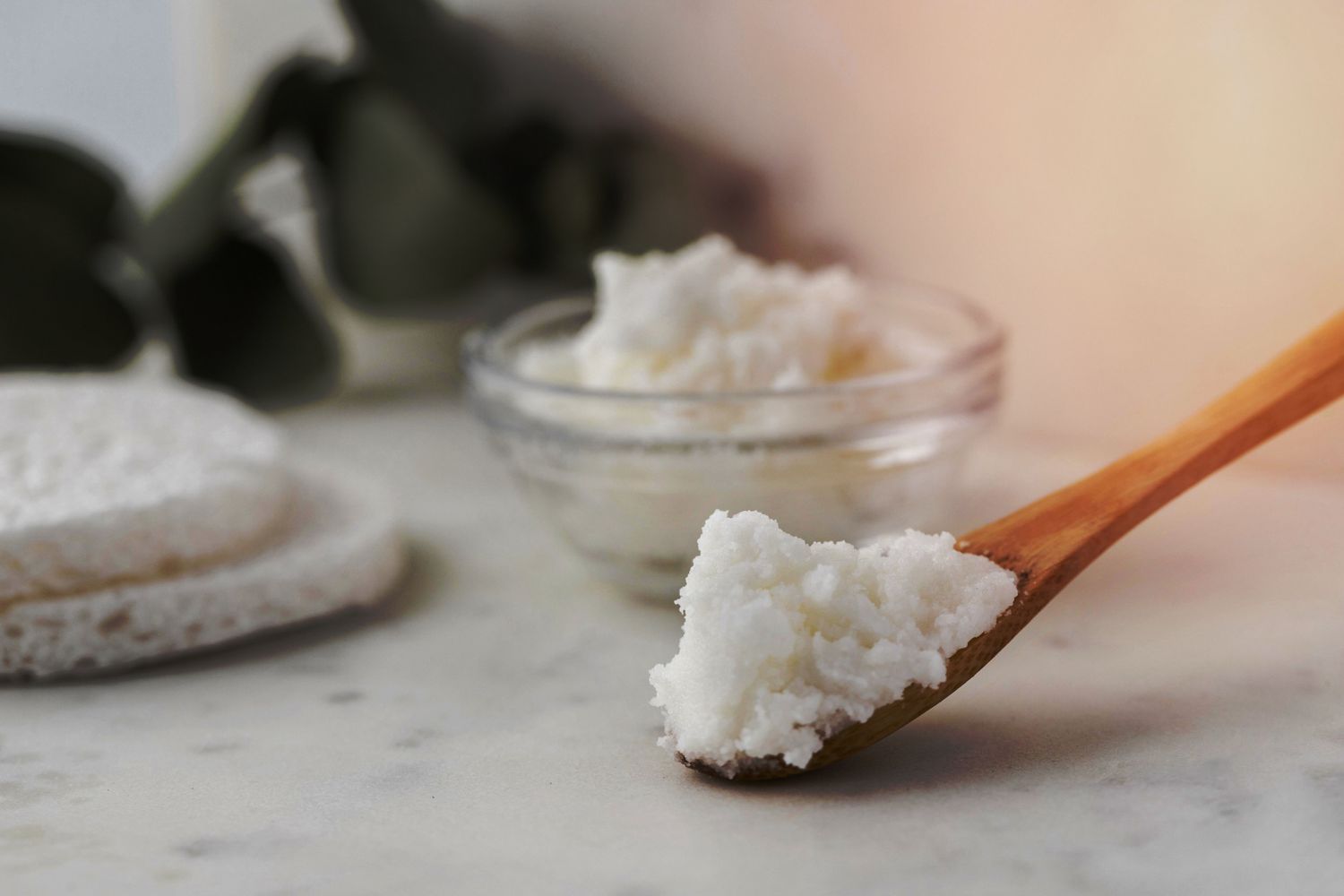
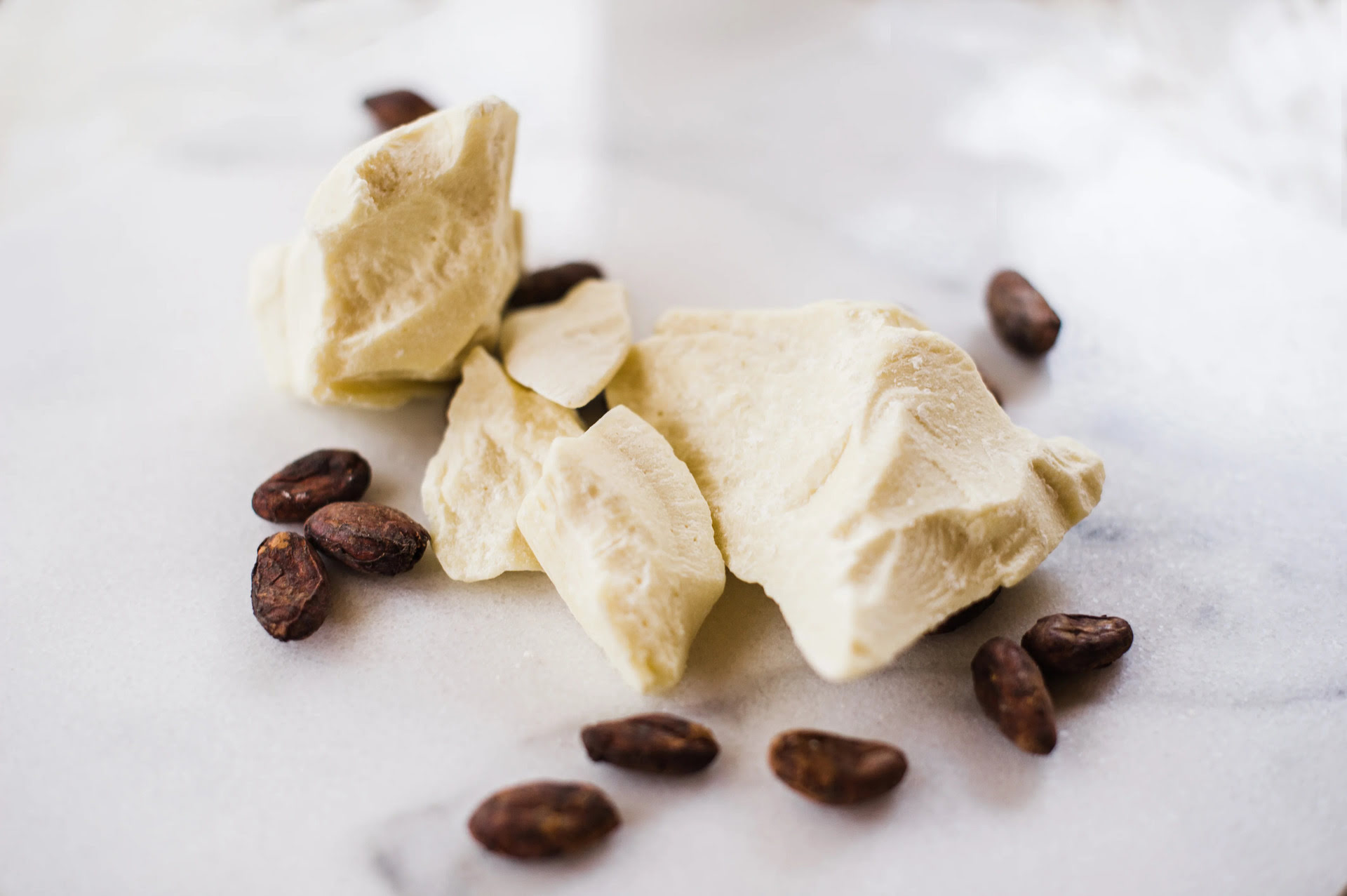
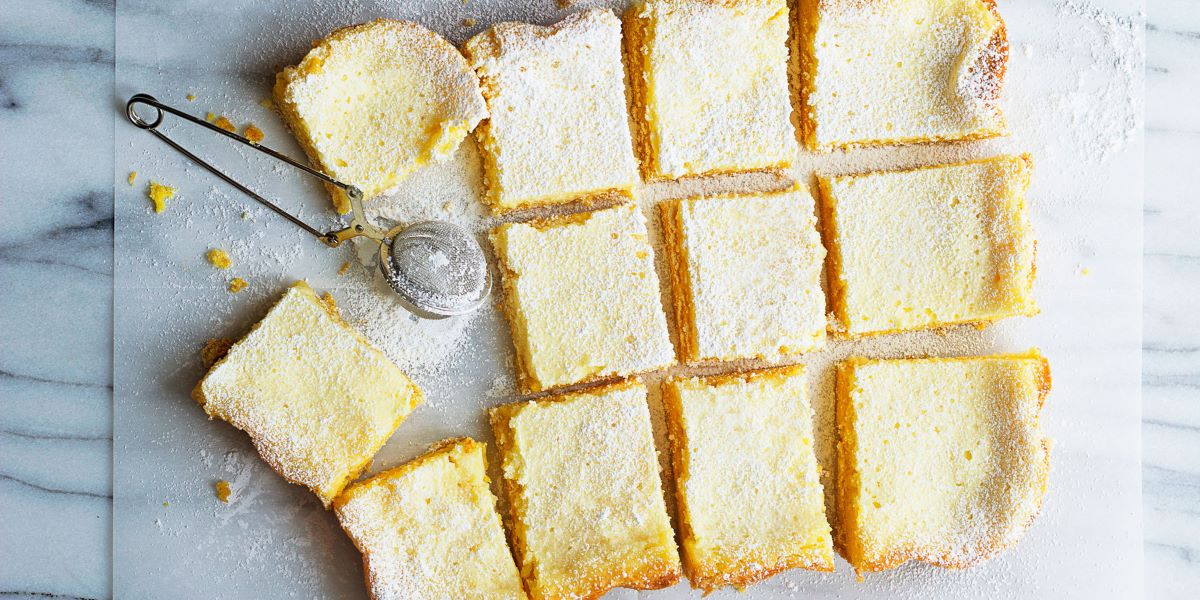
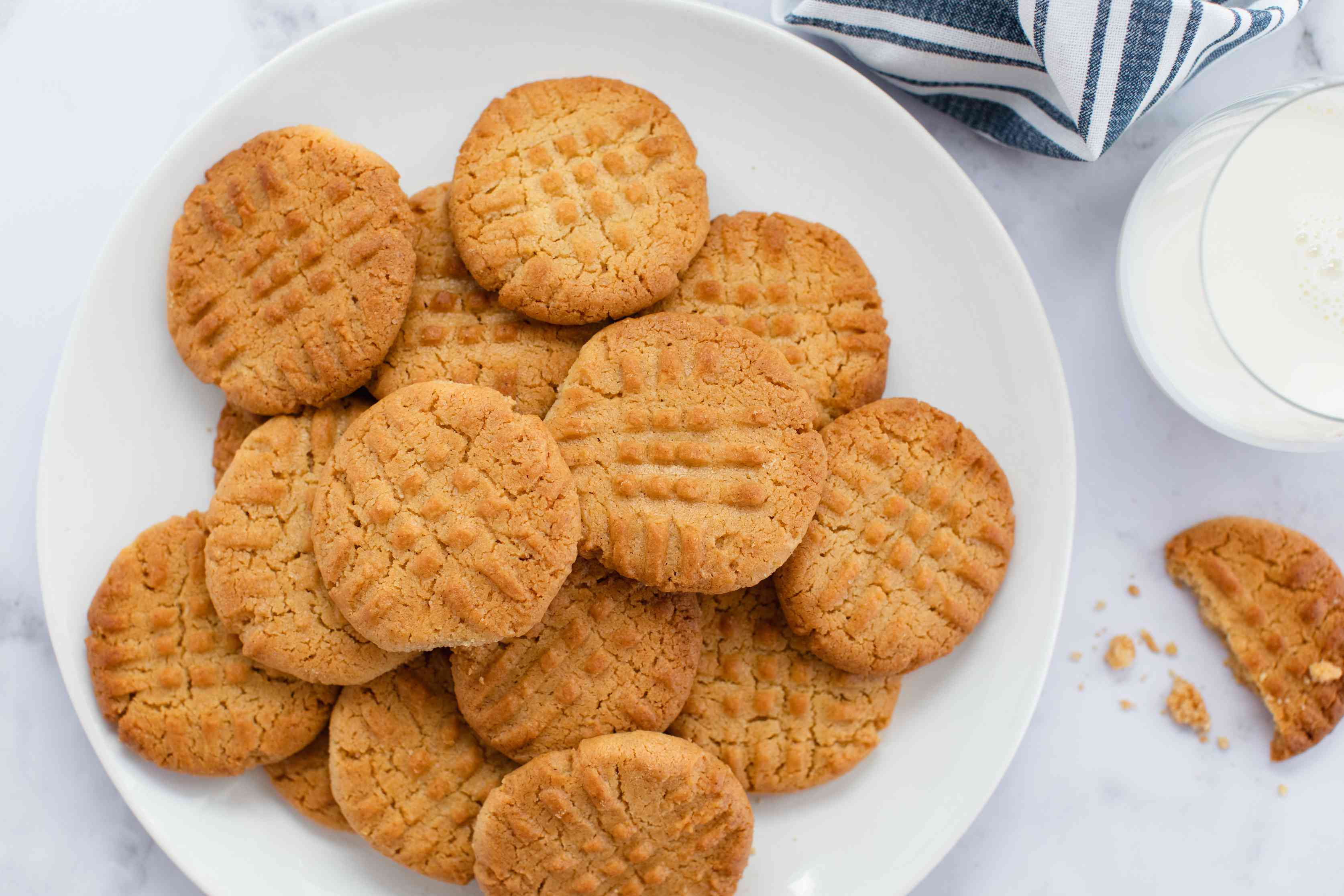
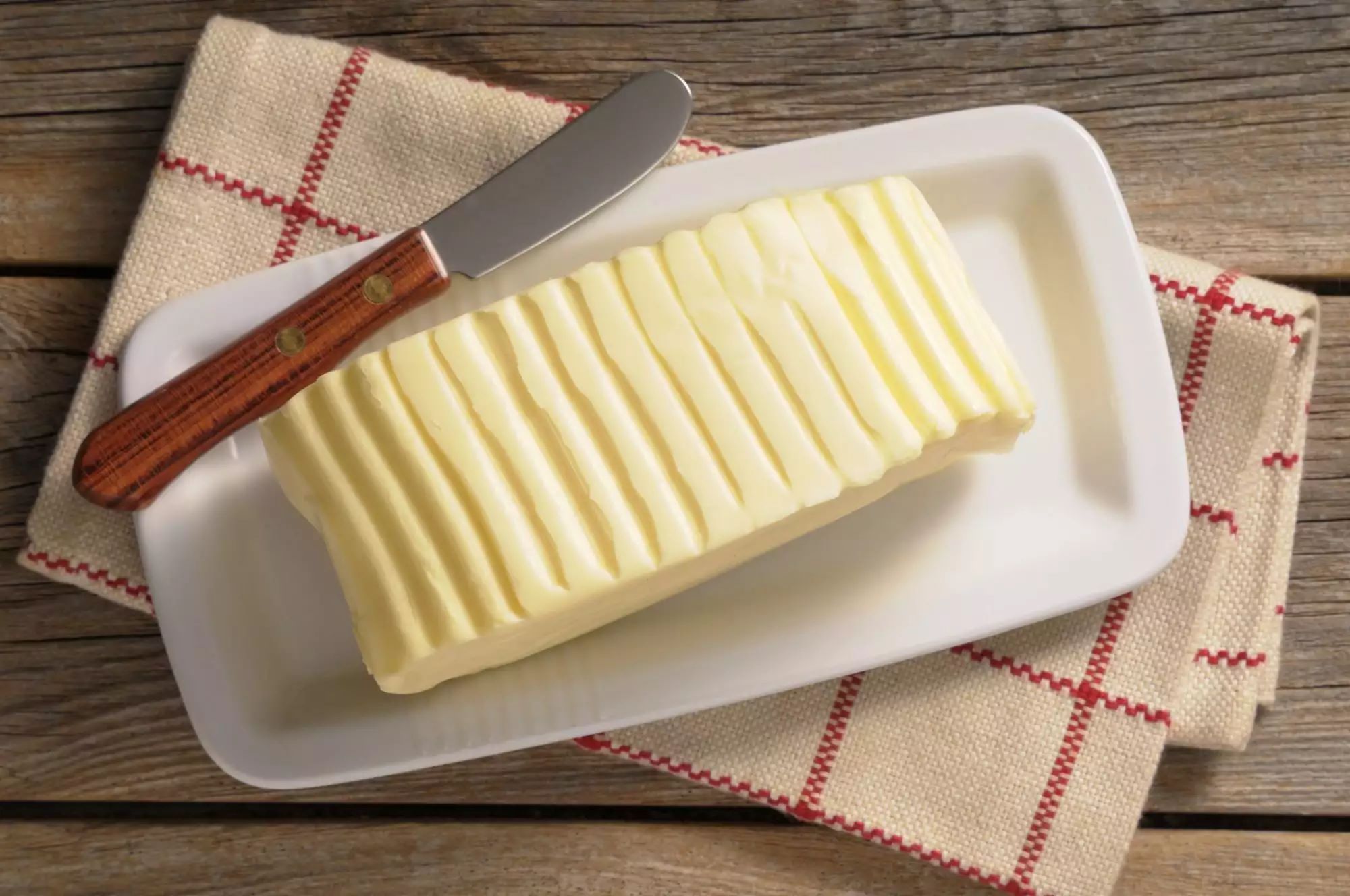
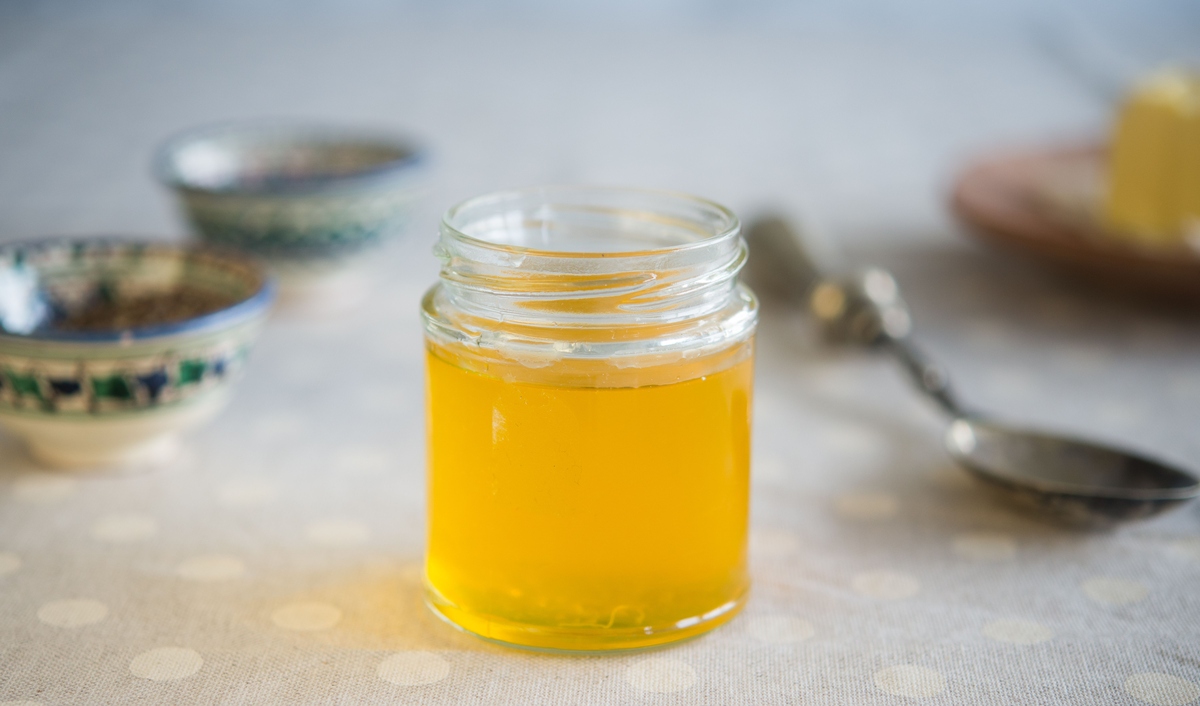
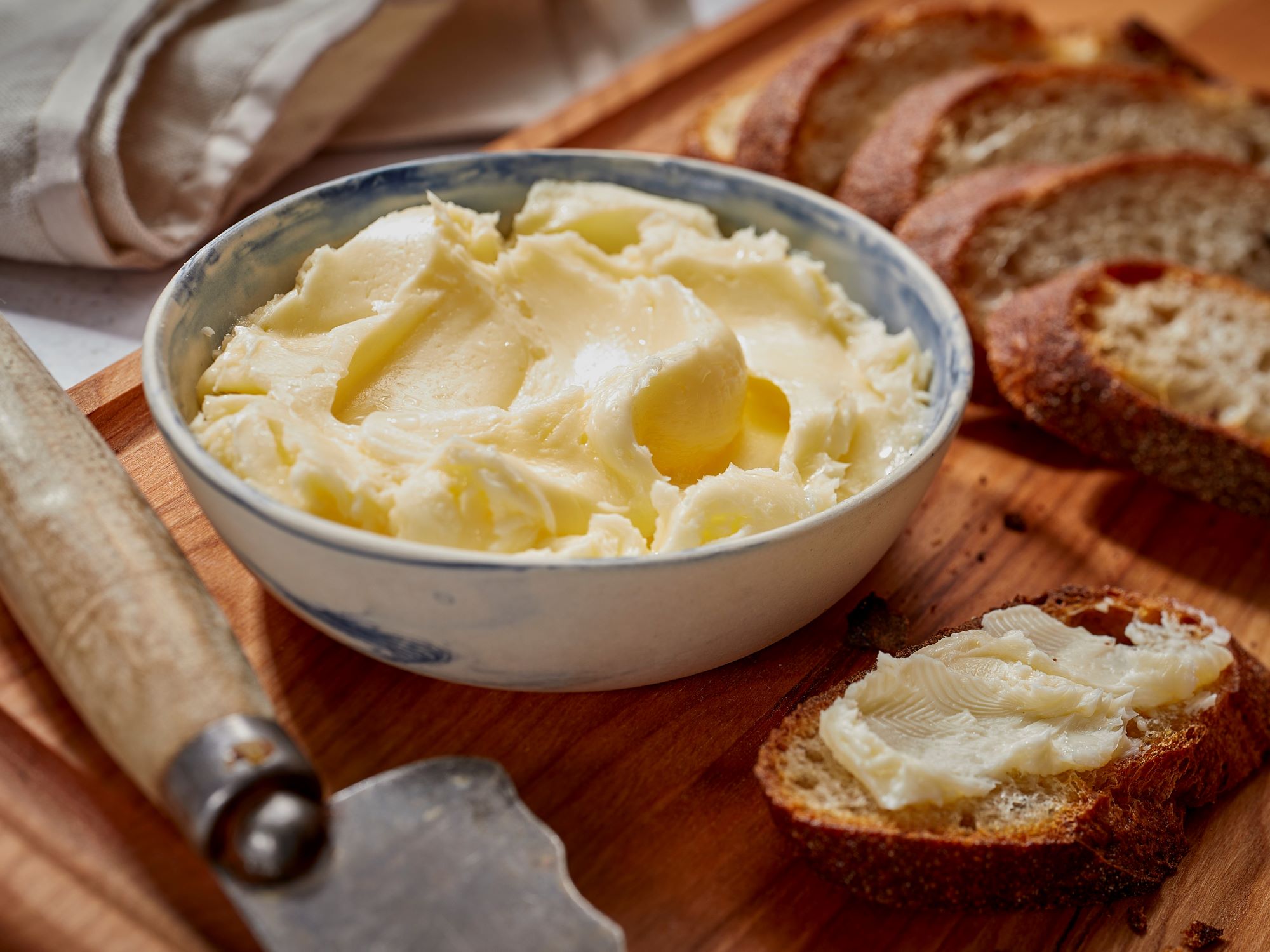
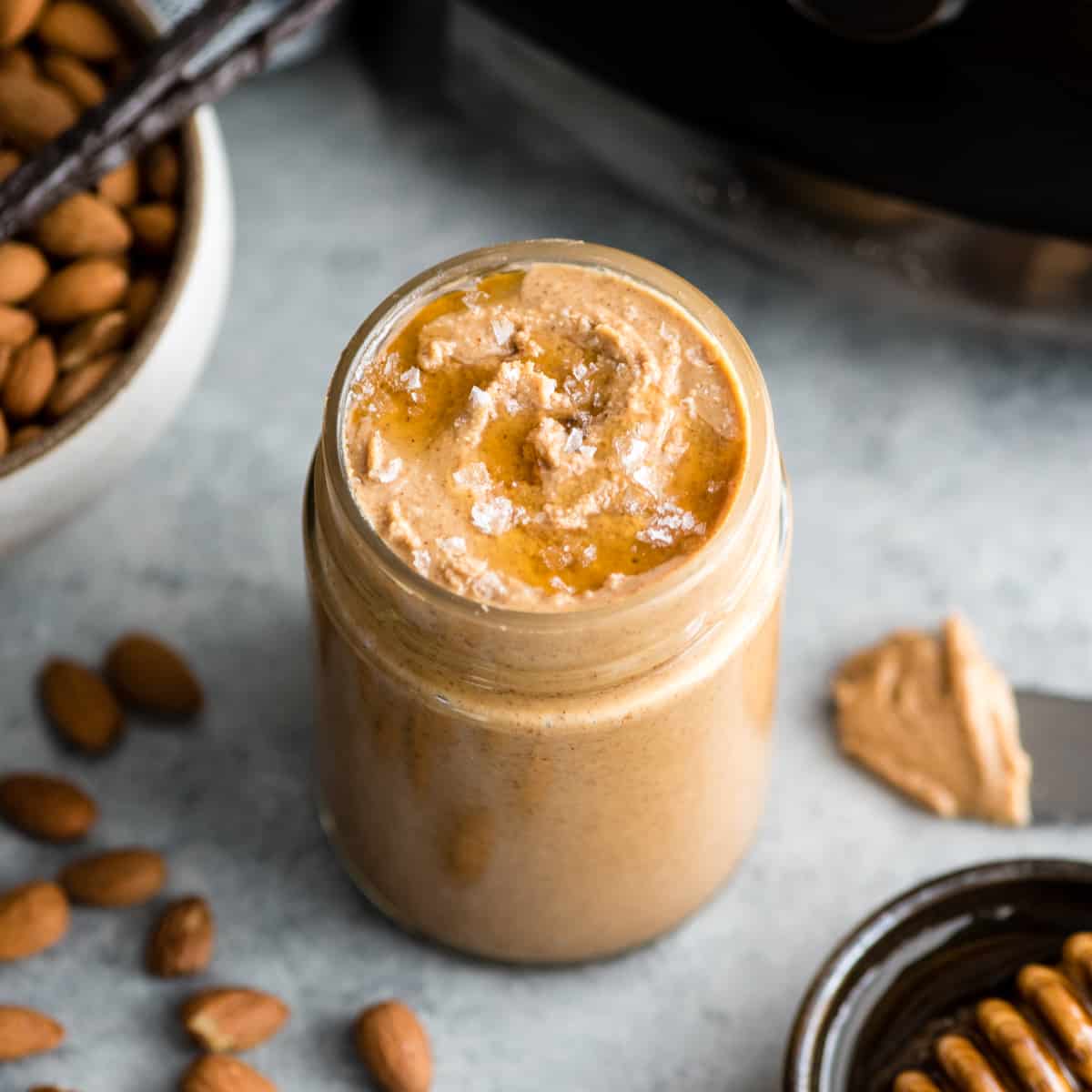
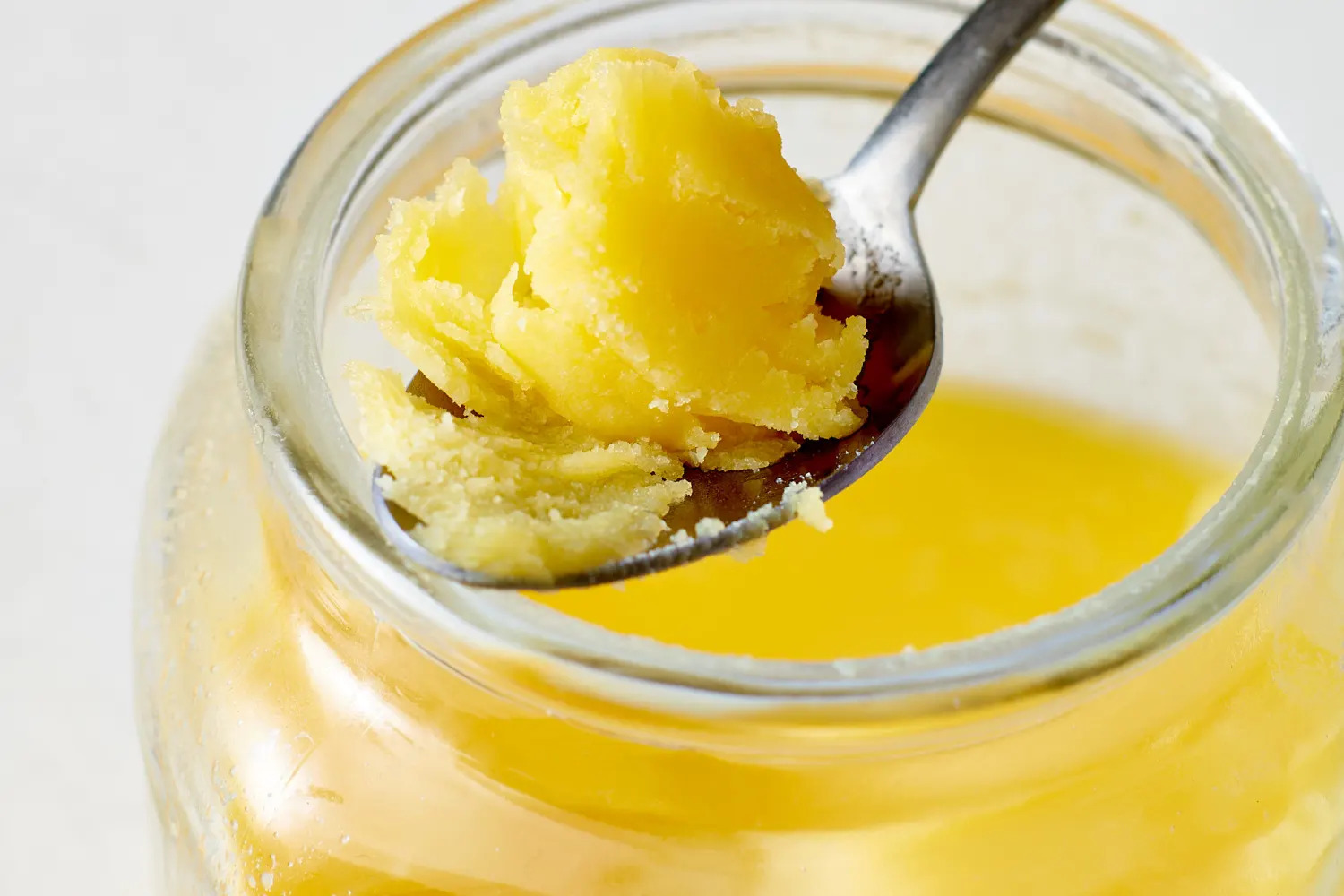
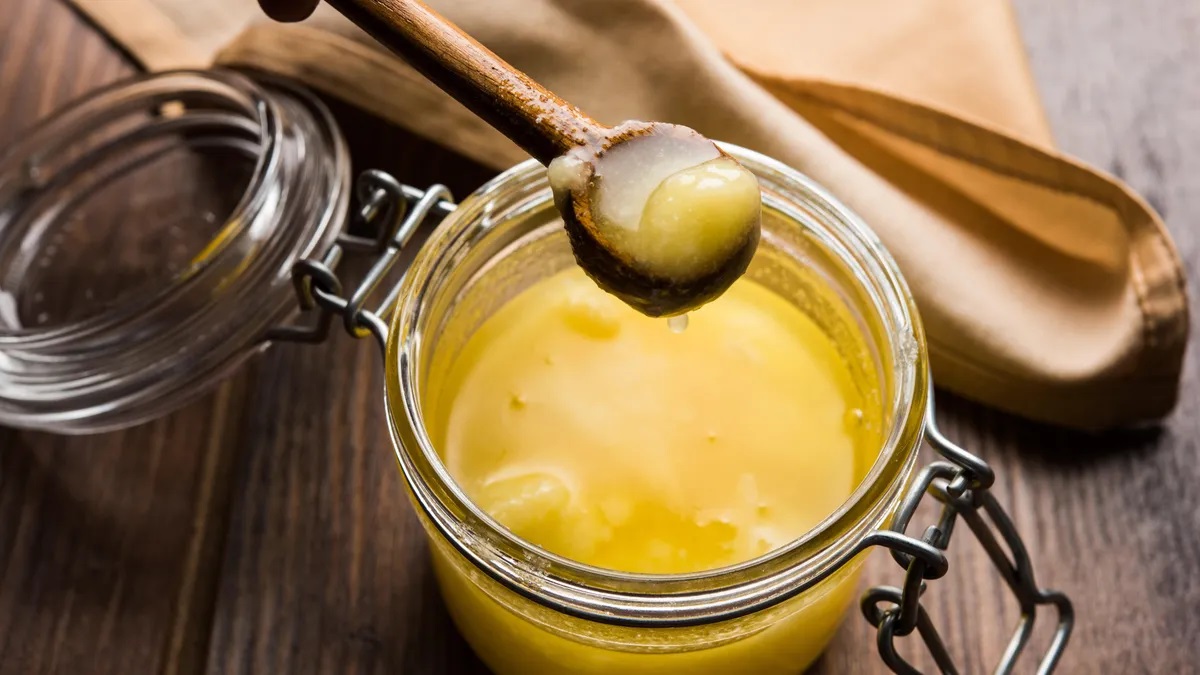
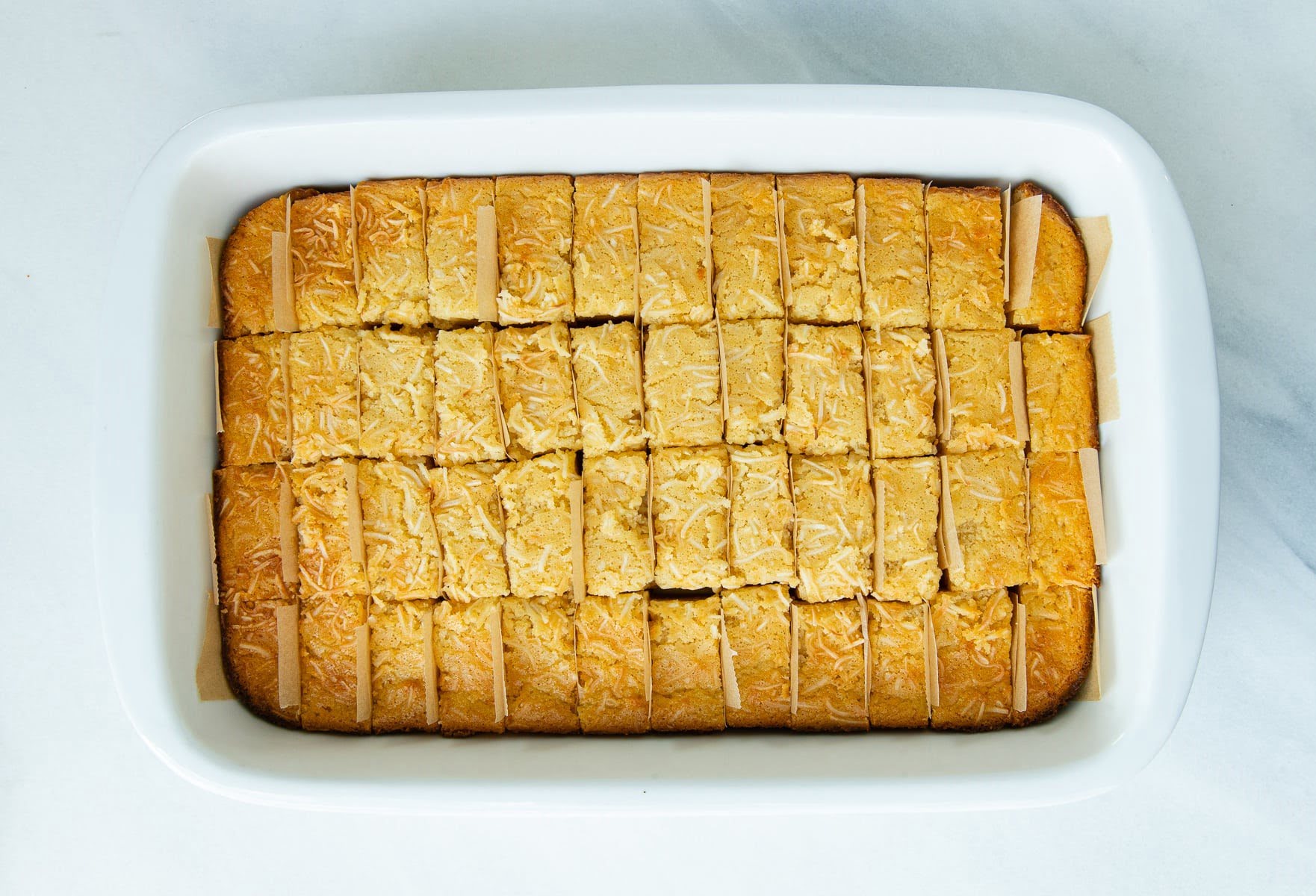

0 thoughts on “How To Store Compound Butter”